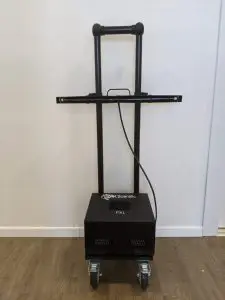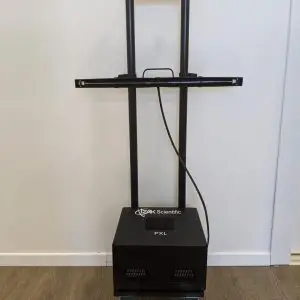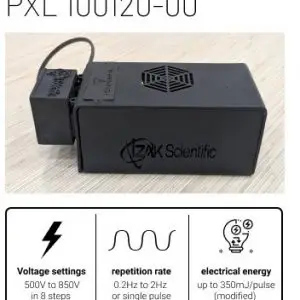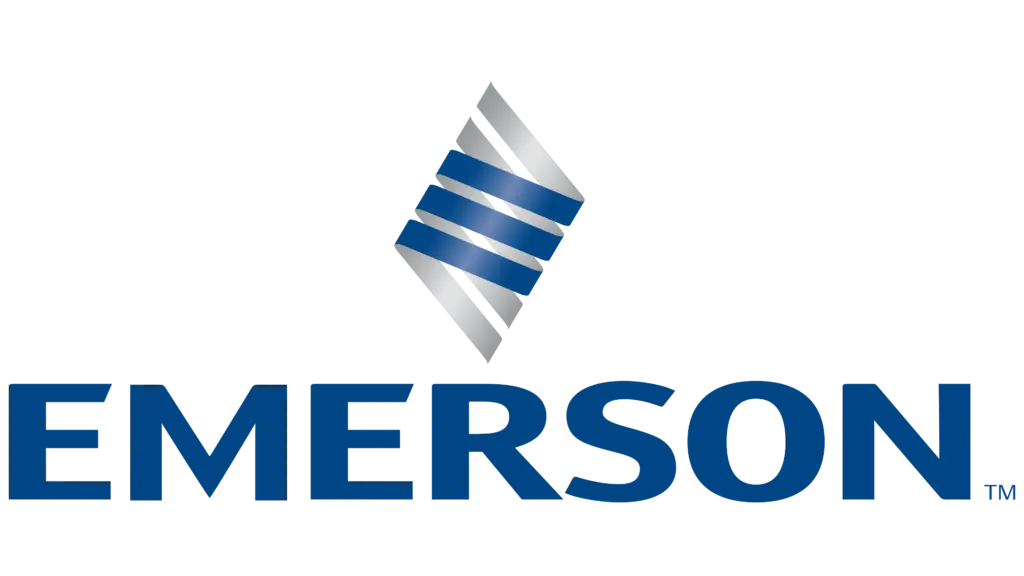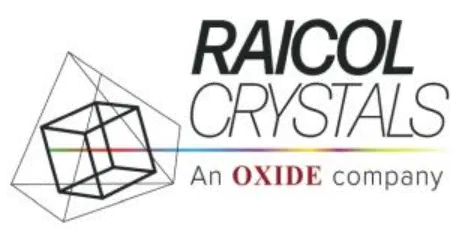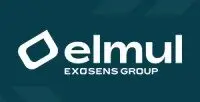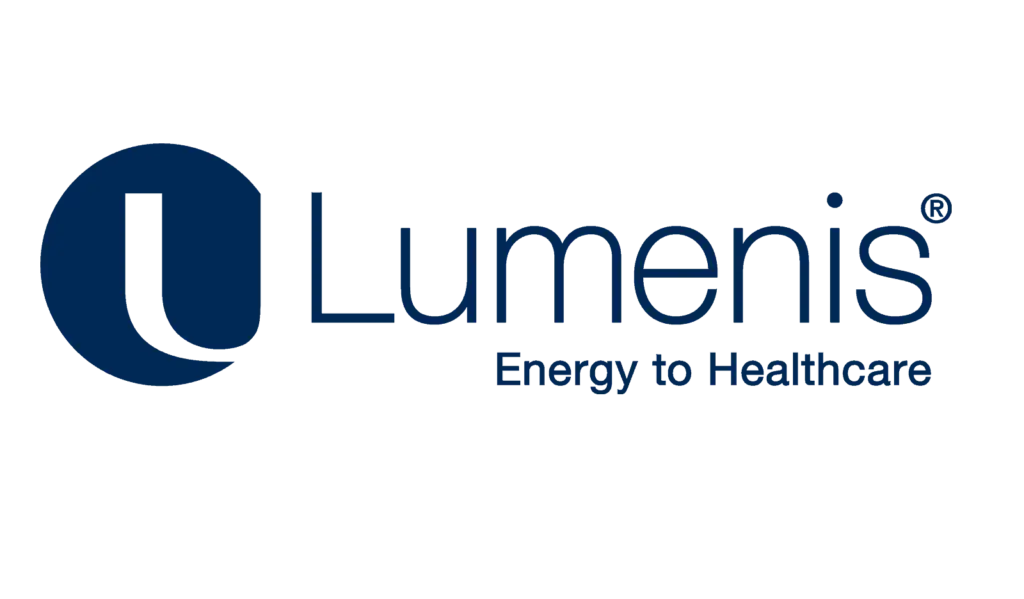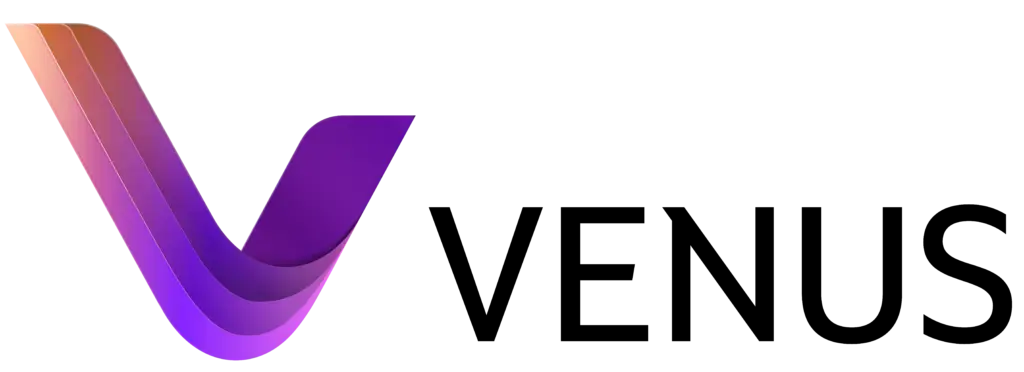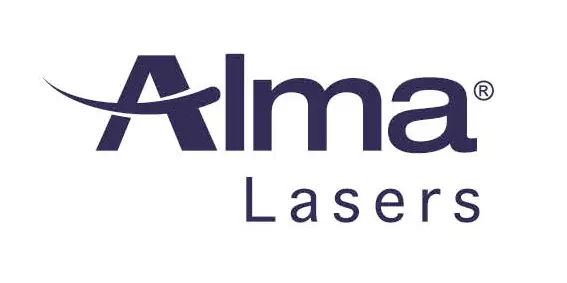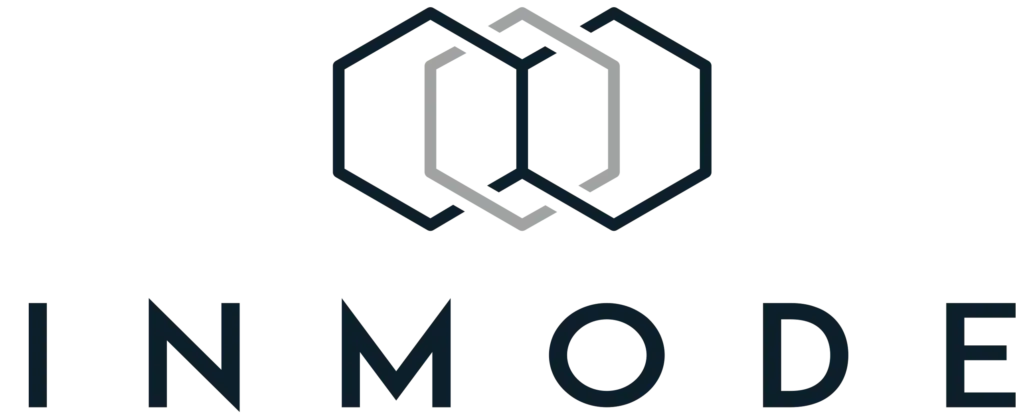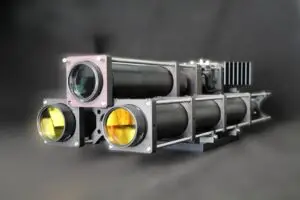Ultraviolet light disinfection. This topic enjoys more media coverage and popularity than ever. Whether you need water, surface, or air disinfection, a multi-barrier approach to reduce the transmission of viruses and other microbes is the smartest and most effective way to go.
One hundred years ago only mercury lamps with ultraviolet C were available and used to disinfect schools and hospitals. These devices did their job, as they prevented the spread of measles, tuberculosis, and other infections. Clearly, the benefits outweighed the risks of using mercury-containing devices. Charles Wheatstone observed the spectrum – including the ultraviolet spectrum, of an electric discharge in mercury vapor in 1835. The first mercury vapor lamp to achieve great success was invented in 1901 by American engineer Peter Cooper Hewitt. [1] Decades later, we already had on the market improved versions of these lamps Companies like Osram-GEC company and General Electric are now responsible for the widespread use of mercury vapor lamps for general lighting. For ultraviolet C disinfections, you can currently buy low-pressure mercury lamps. These lamps have little amounts of mercury. However, many people are concerned about personal and environmental problems arising from using devices that contain mercury.
According to the World Health Organization (WHO), exposure to mercury-even in small amounts may cause serious health issues, as mercury has toxic effects on the nervous, digestive, and immune systems, as well as on the lungs, kidneys, skin, and eyes. Mercury is considered by WHO as one of the top 10 chemicals of major public concerns. [2]
LED-UVC lights were the next best alternative to mercury lamps for UVC disinfection. Widely available, cost effective, eco friendly and easy to use, LEDs seemed to be the perfect devices for air and surface disinfection. However, over the years, LEDs lost the trust of many customers. Not because of the technology, because LEDs- UVC had been researched and found effective against many microbes[3] [4]. The biggest problem is that many LEDs found online are poor quality. They don’t work, or stop working after a few uses. You get what you pay for, as they say. If you choose to buy LEDs, make sure you use a product from a reputable company, that tested the product, and has good reviews.
Say hello to the most advanced UVC technology: pulsed xenon light (PXL)!. Pulsed xenon disinfection had been around for five decades. What is new is the interest in pulsed xenon light, as research tells us that is more effective than both low mercury lamps and LEDs. Pulsed xenon disinfection is superior to other UVC disinfection, as this light has broader antimicrobial spectrum, as includes a wide spectrum of rays- from infrared to visible to ultraviolet rays. The “pulsed” method also make it more effective, and faster. PXL kills or inactivates tens of millions of microbes within seconds. To summarize, pulsed xenon light disinfection is reliable, fast, and carries low energy cost to operate. These devices offer great flexibility, and are eco friendly, high performance devices. [4], [5], [6].
Pulsed xenon light products from IZAK Scientific are created by scientists with a proven record of excellence. Whether you need small or larger surfaces for disinfection, IZAK Scientific has a solution for you. Full training and safety instructions available. Email us today!
1.https://pubs.rsc.org/EN/content/articlelanding/1911/tf/tf9110600199#!divAbstract
2.https://www.who.int/news-room/fact-sheets/detail/mercury-and-health
3.https://pubmed.ncbi.nlm.nih.gov/29959245/
4.https://pubmed.ncbi.nlm.nih.gov/26971809/
5.https://www.ncbi.nlm.nih.gov/pmc/articles/PMC7319933/
6.“Ultraviolet Light in Food Technology: Principles and Applications” By Tatiana Koutchma
Tzachi Sabati
CEO, IZAK Scientific
Physicist specializing in photonics and quantum technologies, with deep expertise in quantum sensors and advanced optical systems. Leads the Advanced Quantum Lab course at the Technion, bridging academic excellence with industry innovation. At IZAK Scientific, provides cutting-edge photonics-based solutions, developing customized inspection and sensing systems for R&D and production. Passionate about advancing quantum sensing applications and integrating novel technologies to meet industry needs.

